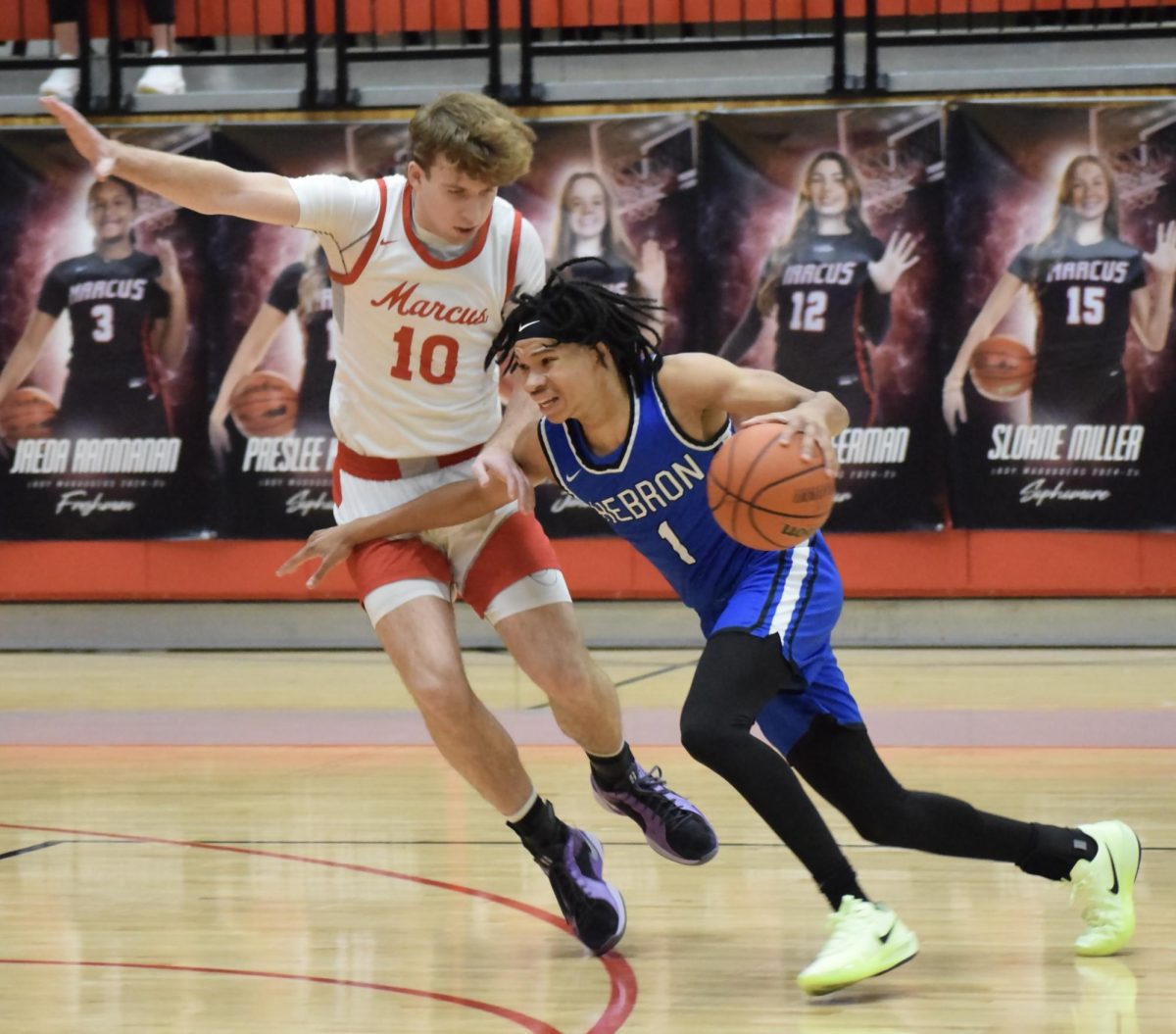After a head-to-head collision with an Allen football player last fall, senior offensive lineman Mike Wyse received a concussion
But he remained conscious.
“I actually continued playing the game until five minutes left in the fourth quarter,” Wyse said. “When the coaches did know, they took me out right away.”
Wyse still ended up in the hospital that night where a concussion was confirmed. He spent the next few weeks off the football field, with instructions from school trainer David Ortmeier to sleep, not watch TV and wear sunglasses.
But next year, concussed players could face more evaluation before returning to the field, as a proposed state law would require an athlete with a concussion to be cleared by a group of medical professionals before returning to a game or practice.
The biggest change for LISD athletics could be the establishment of a district concussion management team. If an athlete gets a concussion, the team–which would include a licensed physician– would craft the return-to-play guidelines, with input from the family.
“I think it’s good that they’re taking precautions,” Wyse said.
Head athletic trainer David Ortmeier said the legislation would make the biggest impact on smaller school districts that do not have training staffs on the sidelines.
“I feel like it’d make their job a lot harder,” Ortmeier said. “We are real fortunate. We’re one of the schools that we have a physician on the sidelines.”
The legislation, which aims at preventing long-term brain injury, comes at the end of a year where concussion awareness in high school sports was pushed to the forefront of many sports debates. Football team doctor Bruce Linden has been handling concussions on the Marcus football sidelines since 1999. He said awareness has trickled down from the NFL, where numerous former players were found to have Chronic Traumatic Encephalopathy (CTE), a brain disease which robs the player of short term memory and decision making ability.
“We used to think a concussion really did not occur unless you had a loss of consciousness and that’s really not the case,” Linden said. “In the past you’d have a player who might have an injury or have a collision, they would say they would say, ‘Oh, I just got my bell rung’ and really, that’s actually a concussion.”
Head football coach Bryan Erwin said that this past season, he saw more concussions on the field than usual.
Often, the player approached the coaching staff and informed them something was wrong.
“But usually it’s pretty obvious,” Erwin said. “There’s a major contact. He looks a little loopy or he’s not carrying out his assignment.”
The player is then sent to the sidelines where he is asked a series of simple questions. What is the score of the game? Who scored last? What day is it? The questioning then turns to remembering a list of three simple things. If there is further doubt, balance tests are administered. If the player fails any of these tests, he’s out of the game.
“Every time a kid gets a head injury, we’re very cautious about it,” Ortmeier said. “We never send them back in if there’s any chance or risk of any permanent brain injury.”
Starting in 2006, Linden said he began to see a shift in the way the medical community treated high school concussions. While concussions and treatment for them used to be graded on a scale, they are now graded on computerized tests. Each player establishes a baseline, and the discrepancy between the baseline and the after-concussion test is evaluated. Linden said recovery from a concussion can last three weeks.
“If (a player) has a concussion and then you ask them to go to class, concentrate and actually perform, it’s the same as taking someone with a knee injury and asking them to run a mile,” Linden said. “They just can’t function.”
Sometimes a concussion can be so bad that Linden has to take the player completely out of school and send them back with academic accommodations.
“They needed that,” Linden said. “Their brain was injured. They have sensitivity to light, sensitivity to noise. They’re foggy. They might have difficulty controlling emotions.”
If a player retains a concussion, doesn’t fully recover and gets injured again, he could suffer from second impact syndrome and die. Getting several concussions can contribute to loss of brain function, according to Linden.
Wyse said that the Marcus training staff does a good job of making sure players are recovered before they return to play. Still, he said that teammates should watch for concussions in each other.
“Players need to be more accountable to each other and do what’s best for the person, and not the team sometimes,” Wyse said.





